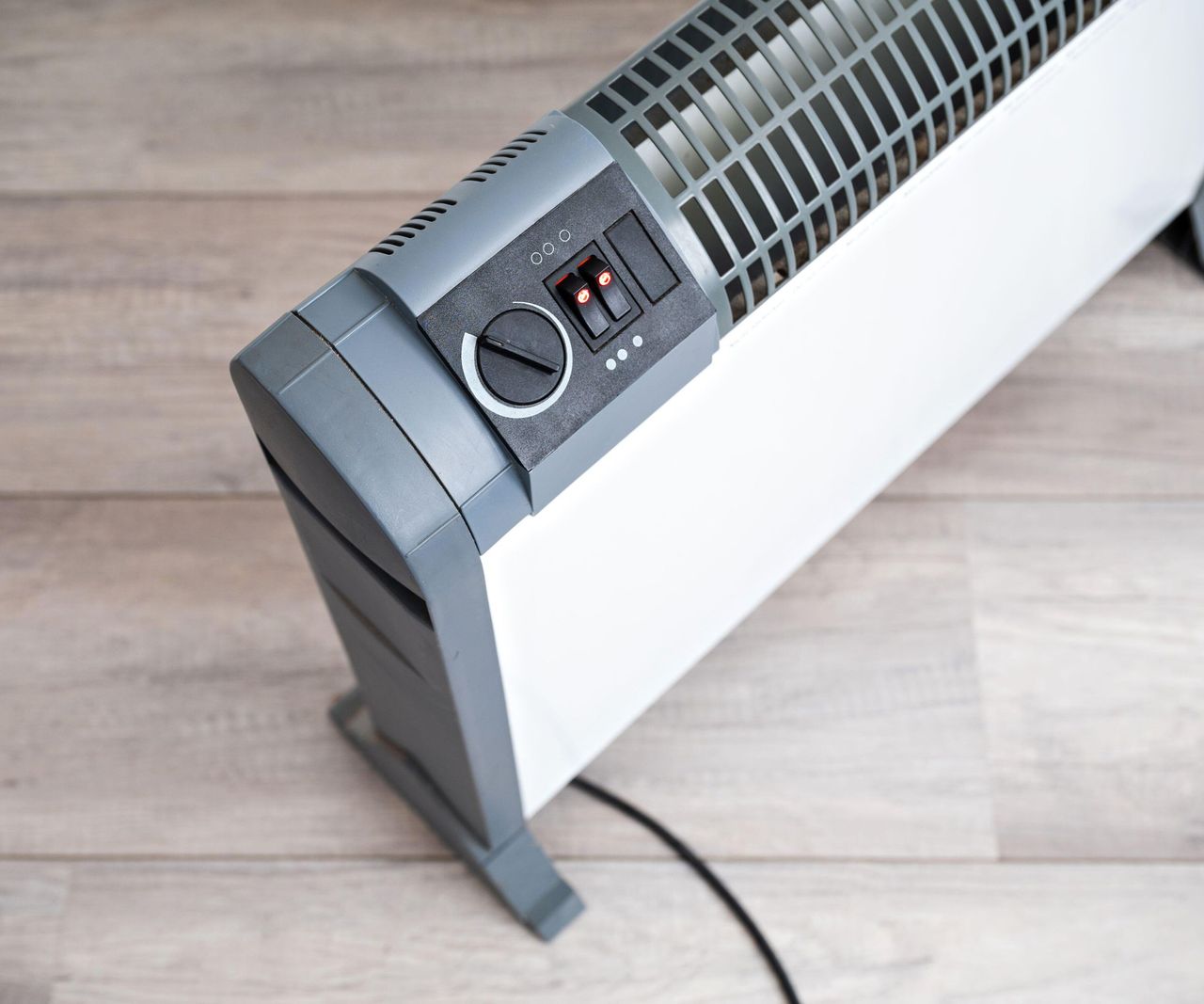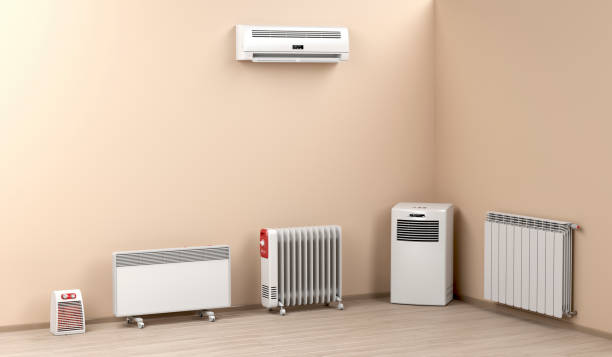Some Known Questions About 1 Source Portable Air.
Some Known Questions About 1 Source Portable Air.
Blog Article
1 Source Portable Air Fundamentals Explained
Table of ContentsAll About 1 Source Portable AirAll About 1 Source Portable AirGetting The 1 Source Portable Air To WorkThe Definitive Guide to 1 Source Portable Air1 Source Portable Air Things To Know Before You Buy
Running expenses are based upon an electricity price of 40c/kWh. The expenses for 3 months' use in winter are based on 500 hours use, or roughly 6 hours per day for 3 months. Optimum warmth output is based on the optimum power level of the versions we've evaluated (we concentrate on greater power level heating units).
On average, tiny fan heating systems are less pricey to purchase, yet can have higher running expenses. Oil column heaters will certainly be the cheapest on the market to run (on average) but only by a slim margin ahead of convection heating systems (like panel and micathermic panels).
Top Guidelines Of 1 Source Portable Air
If you have a relatively easy to fix ceiling follower, it'll aid spread the warm around the space much more evenly. A number of pricey heating units have failed to impress our testers, while some cheaper models make for remarkably good buys.
As the name suggests, they radiate heat from a heated burner (so the household will have to take turns sitting in front of it). There are flooring and wall-mounted designs offered. Radiant heating units are reasonably economical. They have a cosy glow and personal warming effect, like being in front of a fire.
The relatively subjected burner can be a fire and safety and security threat. An item of clothes dropped over it might spark, or small kids playing around a floor design might shed themselves, so be careful. Glowing heating units usually set you back in between $20 and $200. Oil-filled column heaters don't really burn oil they utilize electrical energy to heat the oil that's secured inside their columns or 'fins'.
Some Known Details About 1 Source Portable Air
Some column heating systems aren't also oil-filled but instead use other material or heating innovation to function similarly - 1 Source Portable Air. The threat of fire with an oil column heating system is low compared to other heater types, however never no. Oil heating units do not have actually revealed elements like radiant heating units do, and their surface temperature is less than lots of various other heater types (their large surface area makes up for it)
Oil column heating units will not blow up, and while they do not shed their oil to create warmth, it's still flammable, so there is a fire risk if the oil leakages, if the heating system topple and leakages, or if combustible items or material come into get in touch with or drop on the heating unit. You must work out the same degree of caution with oil heating units as for other heater kinds, and never hang towels or garments over one to completely dry them utilize a drying rack instead, at the very least one metre away.
Column heating systems are especially helpful in rooms where they'll be switched on i loved this for lengthy periods of time or where they'll run ignored, such as overnight in a room. The surfaces you're most likely to discuss a column heater do not get as warm as various other kinds of electrical heating units. You can use a ceiling follower on very reduced speed to aid the column heating unit to distribute the warmth quicker and more uniformly.
Oil-filled column heating units usually cost in between $50 and $450. Convection and panel heaters draw chilly air over an electric home heating element.
Get This Report on 1 Source Portable Air

Convection and panel heating systems are a lot more portable than their oil-filled column heater equivalents since they're substantially lighter. They'll heat up the air in a room equally and promptly. Like a column heater, you can utilize a ceiling fan on very low rate to disperse the warm quicker and much more uniformly. Some models, particularly panel heating systems, are fairly pricey to acquire.

An Unbiased View of 1 Source Portable Air
Follower heating systems are usually smaller sized and a lot more portable than other electrical heating units. They also come in the form of tower follower heating units, which can be better for dispersing warm around bigger areas due to their taller account. They can heat the air in an area extra quickly, uniformly and promptly than a few other heater types.
Follower heating systems (ceramic or otherwise) generally expense in between $60 and $900. Ceramic fan heating units aren't always any kind of different in price to non-ceramic designs.
Report this page